What Times 7 Equals 1
Lesson four: Multiplying and Dividing Fractions
/en/fractions/adding-and-subtracting-fractions/content/
Multiplying fractions
A fraction is a part of a whole. In the last lesson, y'all learned how to add together and subtract fractions. But that's not the only kind of math yous can do with fractions. There are times when information technology will be useful to multiply fractions as well.
Click through the slideshow to larn how to write a multiplication trouble with fractions.
Attempt This!
Try setting up the multiplication problem beneath. Don't worry about solving it nonetheless!
A recipe calls for 2/3 of a cup of milk. You want to cut the recipe in one-half.

Notation: Although our example says the right answer is 2/3 x i/2, remember, with multiplying society does not thing. 1/ii x 2/iii would also be correct.
Solving multiplication issues with fractions
Now that we know how to ready up multiplication problems with fractions, permit'due south practice solving a few. If you experience comfortable multiplying whole numbers, you lot're prepare to multiply fractions.
Click through slideshow to learn how to multiply 2 fractions.
Attempt This!
Try solving the multiplication problems below.
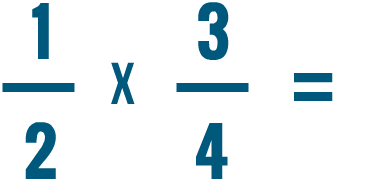
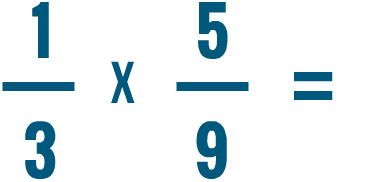
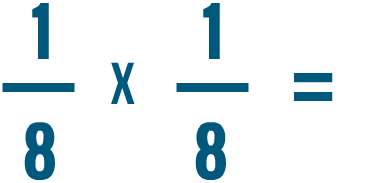
Multiplying a fraction and a whole number
Multiplying a fraction and a whole number is similar to multiplying two fractions. There'due south just one actress step: Before you can multiply, you lot'll need to turn the whole number into a fraction. This slideshow will bear witness y'all how to do information technology.
Click through the slideshow to learn how to multiply a fraction and a whole number.
Attempt This!
Attempt solving the multiplication bug below.
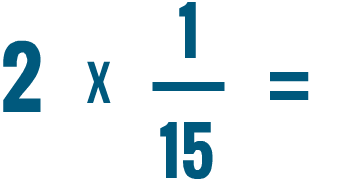
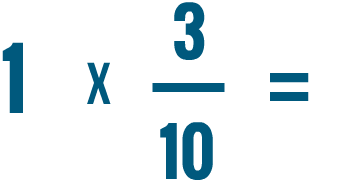
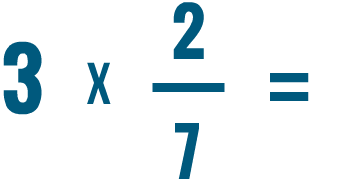
Dividing fractions
Over the final few pages, you've learned how to multiply fractions. You might have guessed that you lot tin can divide fractions besides. Yous divide fractions to see how many parts of something are in something else. For example, if yous wanted to know how many fourths of an inch are in iv inches, you lot could divide four by 1/4.
Permit's try some other example. Imagine a recipe calls for 3 cups of flour, but your measuring cup merely holds 1/iii, or one-3rd, of a cup. How many thirds of a cup should you lot add together?
We'll need to find out how many thirds of a cup are in three cups. In other words, we'll need to split iii by ane-third.

We'd write the problem like this:
three ÷ 1/three
Try This!
Attempt setting up these division problems with fractions. Don't worry nearly solving them yet!
A recipe calls for 3/4 of a loving cup of h2o. You simply have a 1/eight measuring cup.

Solving sectionalization issues with fractions
Now that we know how to write division bug, let's practice by solving a few. Dividing fractions is a lot like multiplying. It just requires 1 actress stride. If you can multiply fractions, yous can dissever them besides!
Click through the slideshow to learn how to divide a whole number past a fraction.
Try This!
Endeavor solving these partitioning problems. Don't worry nearly reducing the answer for now.
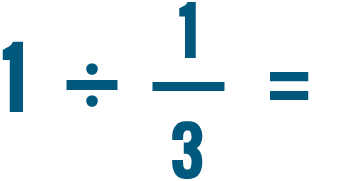
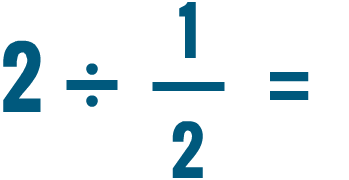
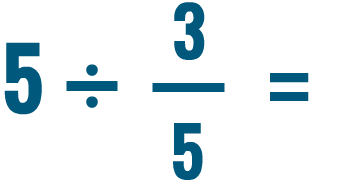
Dividing two fractions
We just learned how to divide a whole number past a fraction. Y'all can use the same method to dissever ii fractions.
Click through the slideshow to learn how to dissever with ii fractions.
Try This!
Try solving these division bug. Don't worry almost reducing the respond for at present.
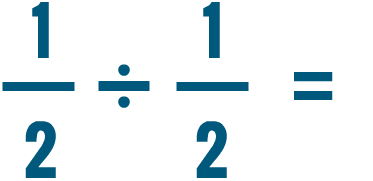
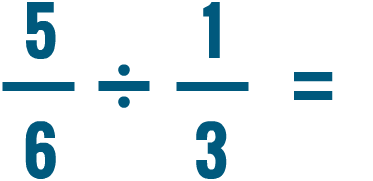
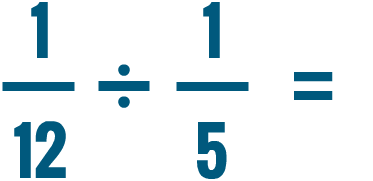
Multiplying and dividing mixed numbers
How would you solve a problem similar this?

As y'all learned in the previous lesson, whenever you're solving a problem with a mixed number you'll need to convert it into an improper fraction first. And then you can multiply or separate as usual.
Using canceling to simplify problems
Sometimes you lot might have to solve issues similar this:

Both of these fractions include large numbers. You could multiply these fractions the same way as whatever other fractions. Even so, large numbers like this can be hard to understand. Can you picture 21/50, or twenty-ane fiftieths, in your caput?
21/50 x 25/xiv = 525/700
Even the reply looks complicated. It'south 525/700, or five hundred twenty-v seven-hundredths. What a mouthful!
If you don't similar working with big numbers, you can simplify a trouble like this by using a method called canceling. When you lot cancel the fractions in a problem, yous're reducing them both at the aforementioned fourth dimension.
Canceling may seem complicated at commencement, just we'll prove you how to do it step past stride. Let's take another look at the example we but saw.

Step i
First, look at the numerator of the offset fraction and the denominator of the second. We desire to see if they can be divided by the same number.
In our example, information technology looks like both 21 and fourteen can be divided by seven.

Footstep 2
Next, we'll separate 21 and xiv by 7. Beginning, we'll divide our top number on the left: 21.
21 ÷ seven = three
Then we'll divide the lesser number on the right: 14.
14 ÷ seven = 2
We'll write the answers to each problem next to the numbers nosotros divided. Since 21 ÷ 7 equals 3, we'll write three where the 21 was. 14 ÷ 7 equals two, so we'll write 2 where the xiv was. We can cross out, or abolish, the numbers we started with.
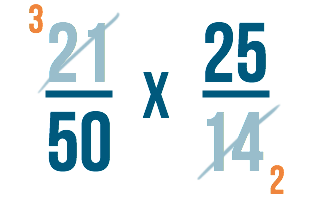
Our problem looks a lot simpler now, doesn't it?

Step 3
Allow'due south look at the other numbers in the fraction. This time nosotros'll look at the denominator of the first fraction and the numerator of the second. Tin can they exist divided by the same number?

Observe they can both be divided by 25! You might accept also noticed they can both be divided by v. We could apply 5 as well, but by and large when you are canceling, you desire to look for the biggest number both numbers tin be divided past. This style you won't have to reduce the fraction over again at the stop.
Step iv
Side by side, we'll abolish just similar we did in step ii.
We'll divide our bottom number on the left: l.
50 ÷ 25 = 2
So we'll split up the top number on the correct: 25.
25 ÷ 25 = 1
We'll write the answers to each trouble next to the numbers nosotros divided.
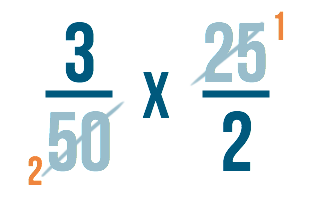
Step 5
Now that we've canceled the original fractions, nosotros can multiply our new fractions like we normally would. As ever, multiply the numerators first:
3 x one = three
Then multiply the denominators:
ii x ii = 4
And then 3/2 x 1/2 = 3/four, or three-fourths.
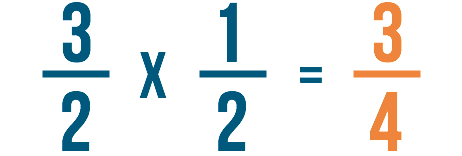
Step 6
Finally, permit's double bank check our work. 525/700 would have been our answer if we had solved the problem without canceling. If we divide both 525 and 700 by 175, we tin run into that 525/700 is equal to 3/4.

Nosotros could also say that we're reducing 525/700 to 3/4. Remember, canceling is just another way of reducing fractions before solving a problem. You'll become the aforementioned answer, no matter when you reduce them.
/en/fractions/converting-percentages-decimals-and-fractions/content/
What Times 7 Equals 1,
Source: https://edu.gcfglobal.org/en/fractions/multiplying-and-dividing-fractions/1/
Posted by: johnstonyoulle.blogspot.com


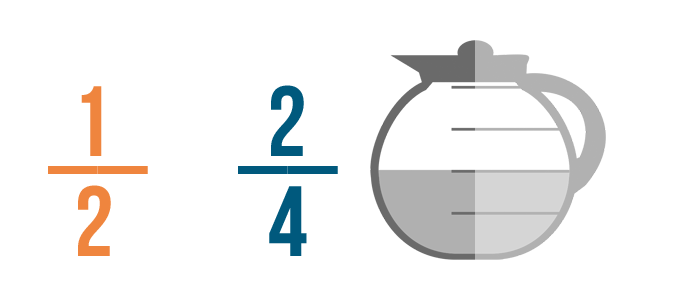
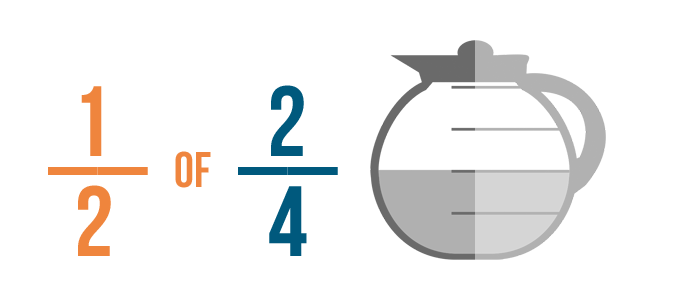

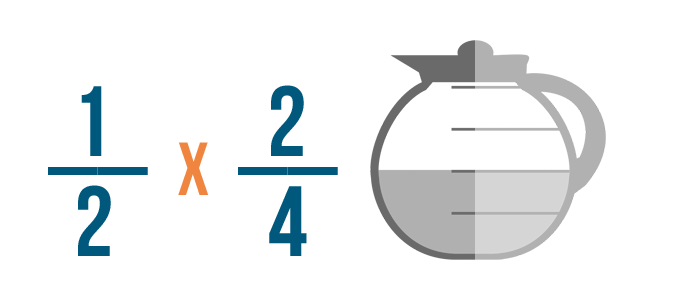
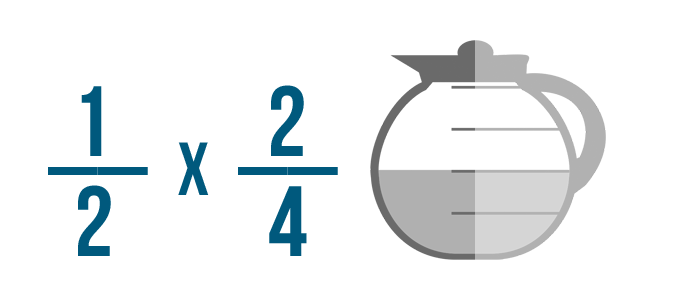
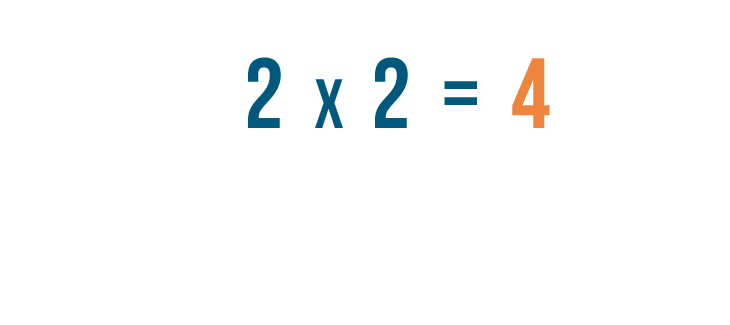
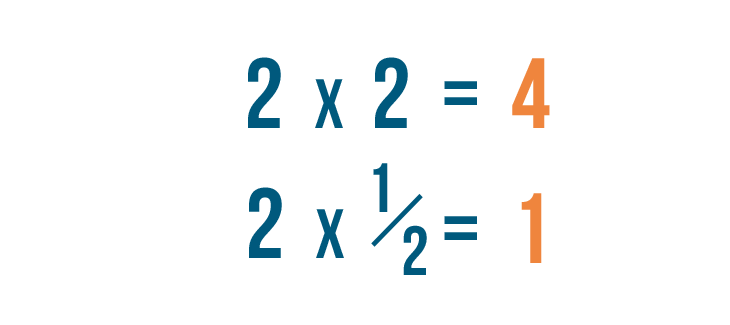


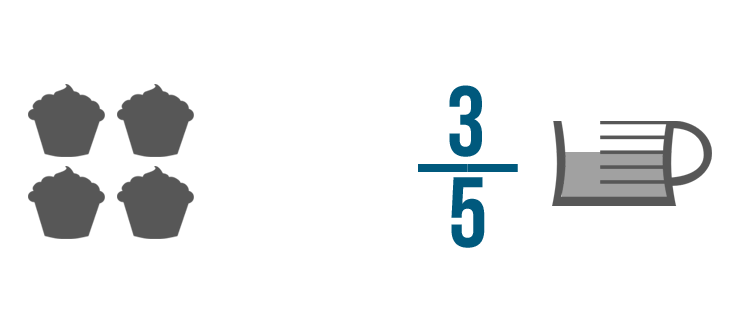
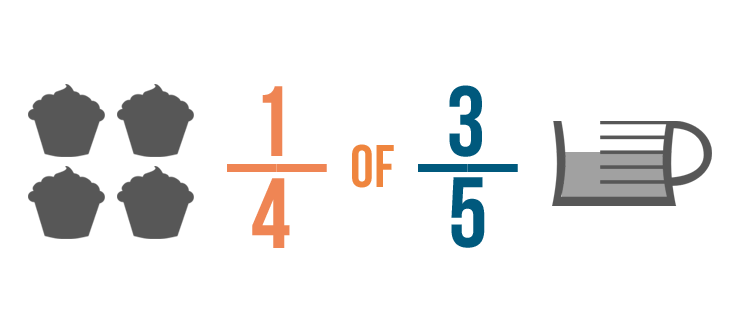
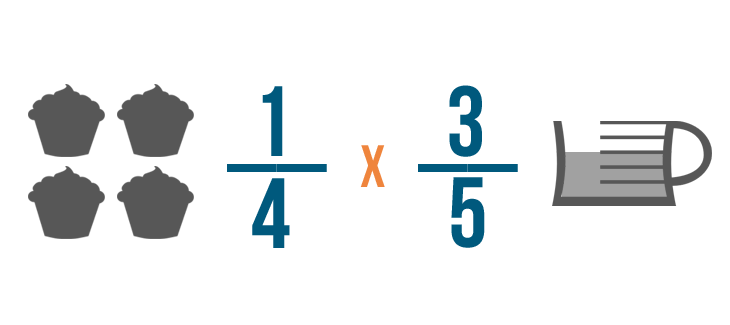
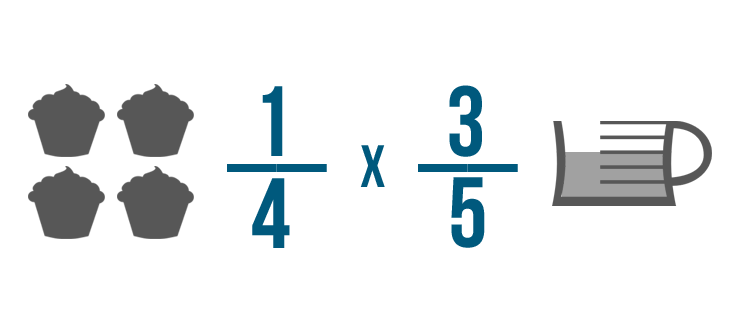

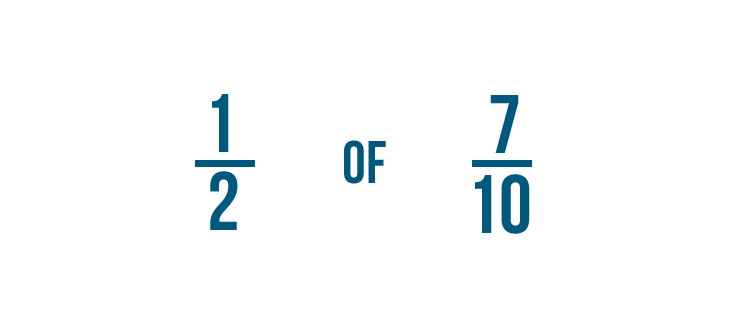
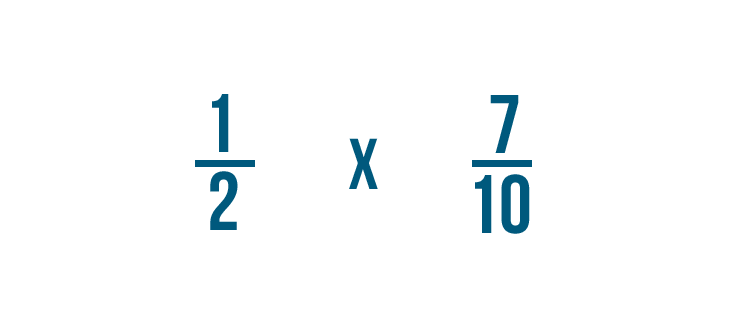

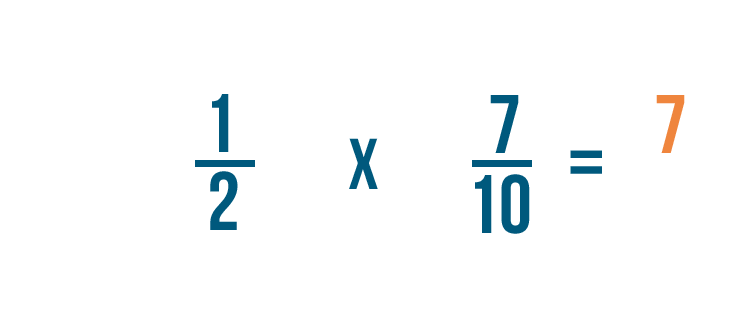
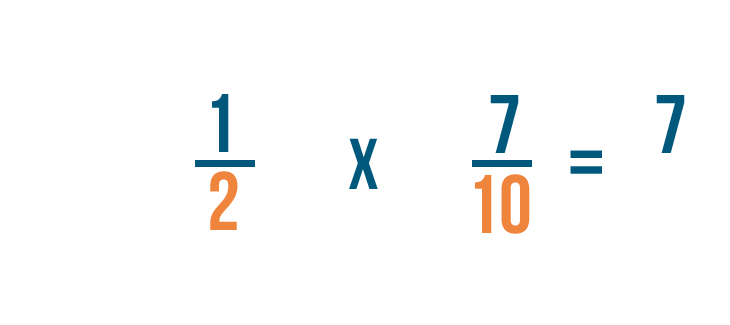
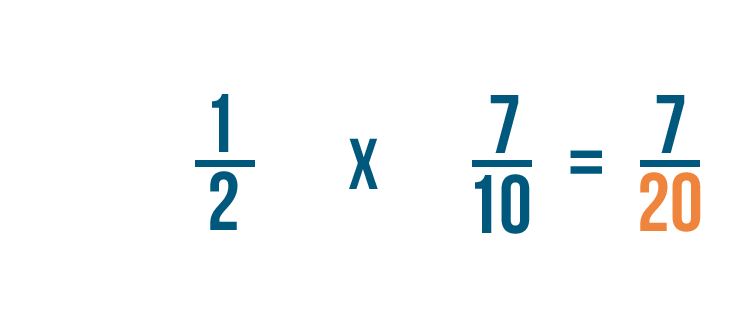
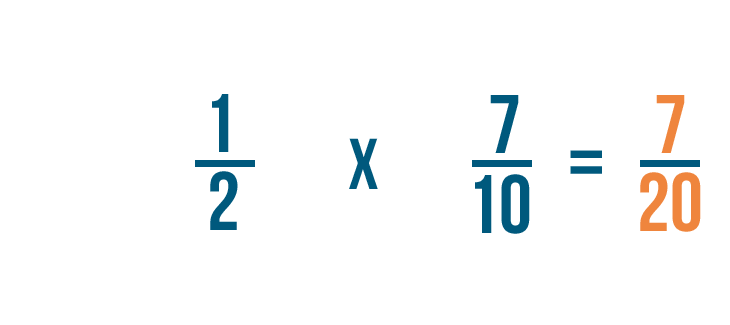
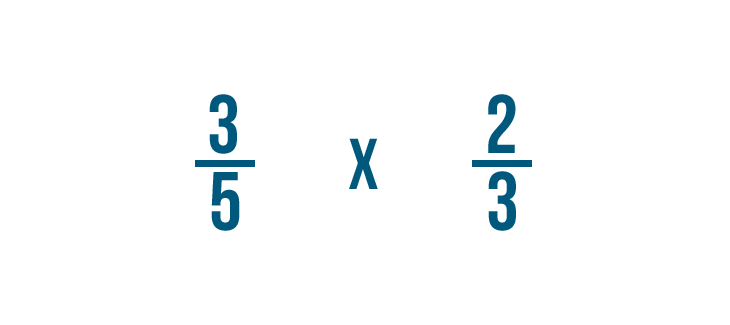
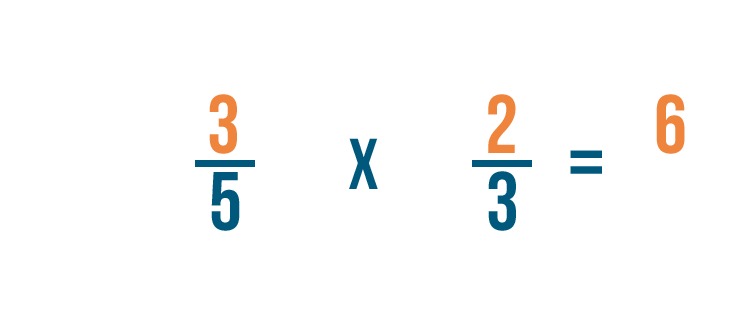
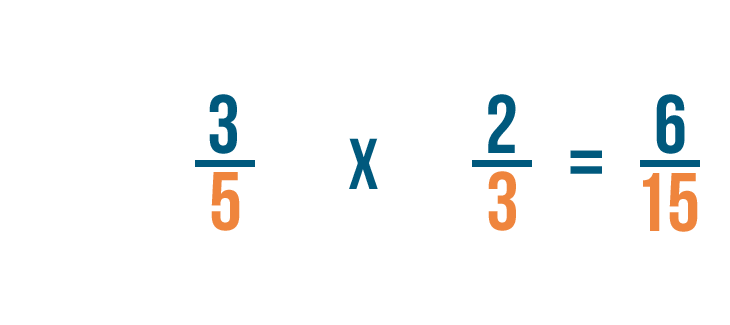
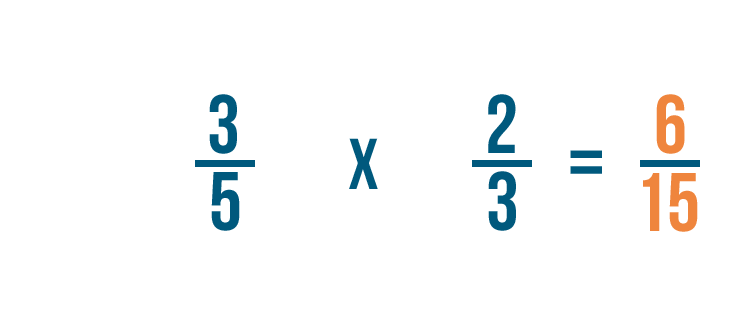
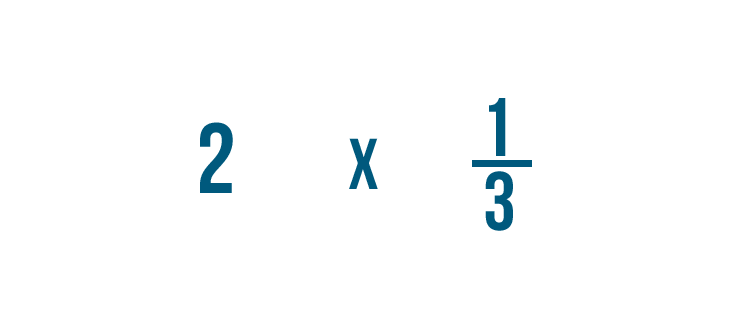
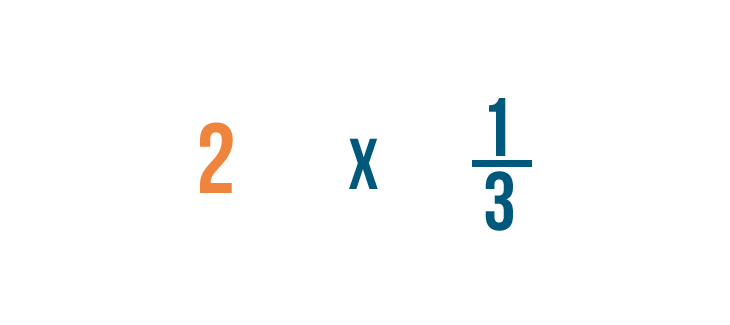
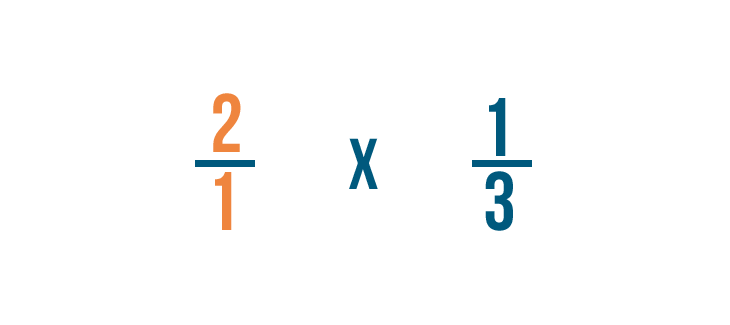
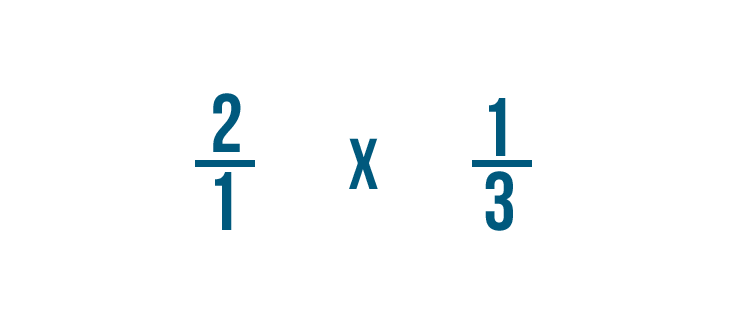
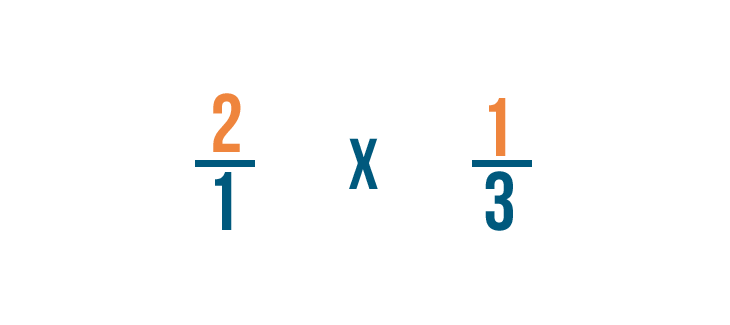
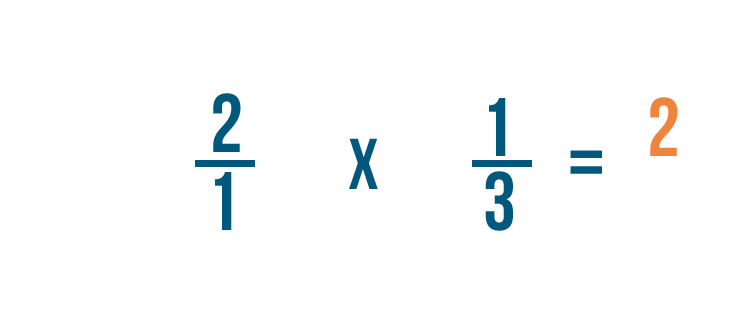
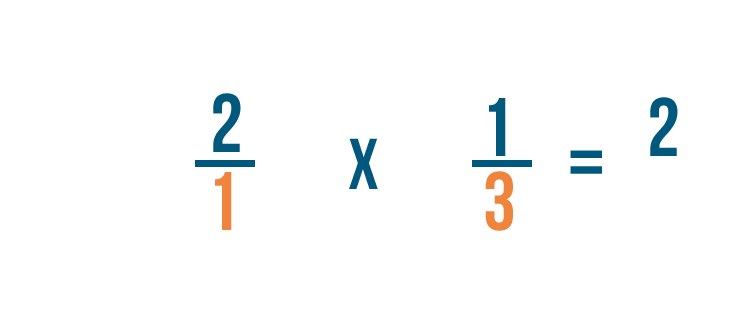
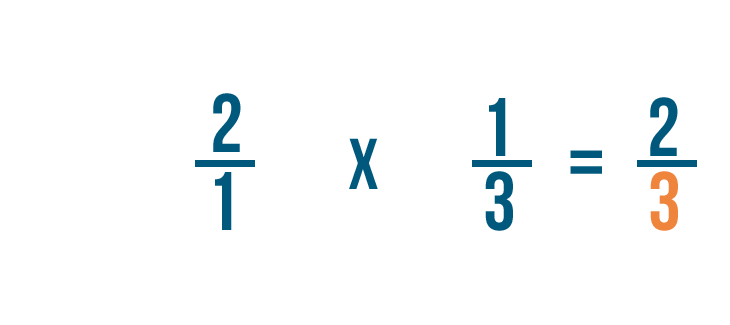
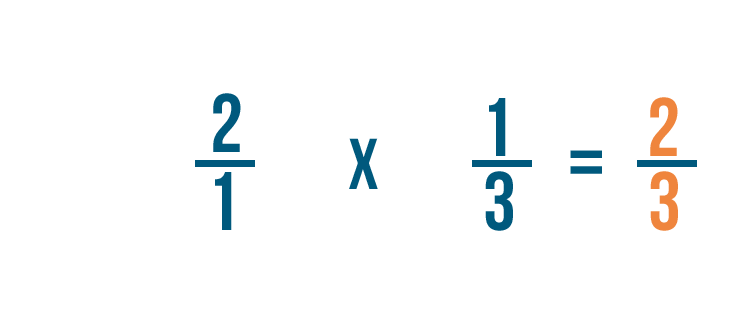
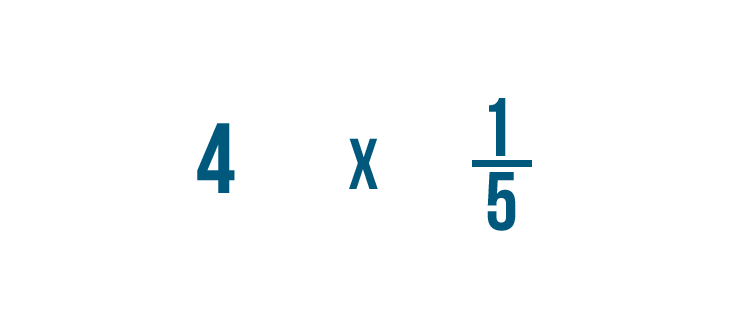
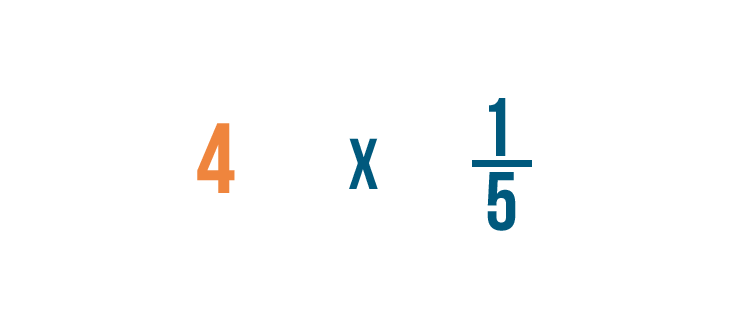
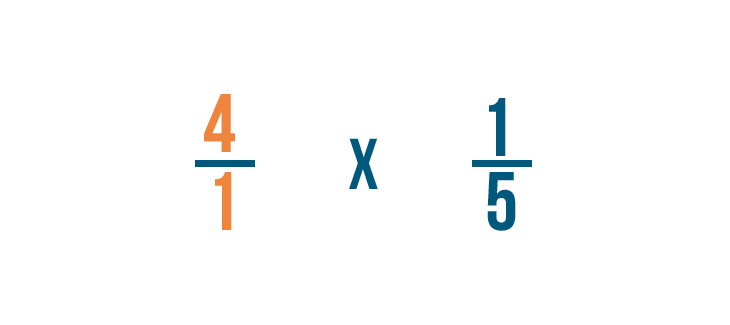
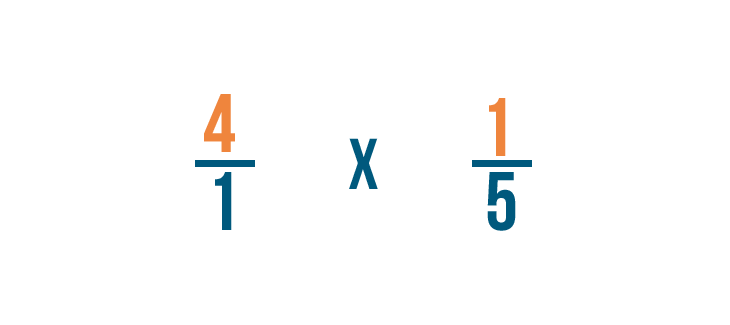
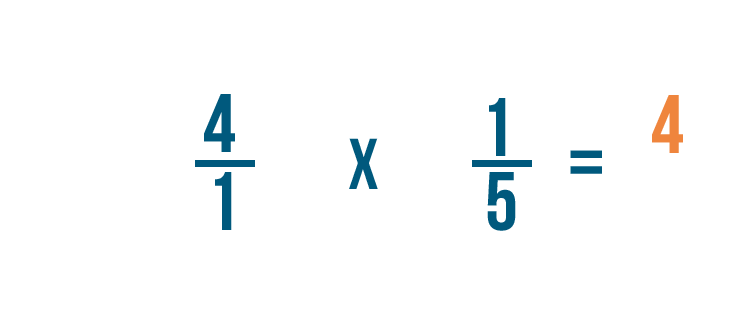
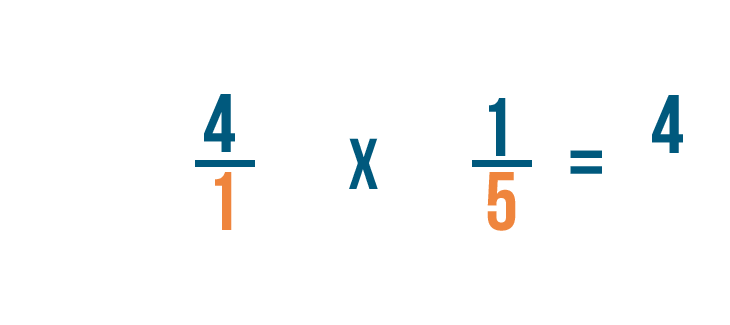
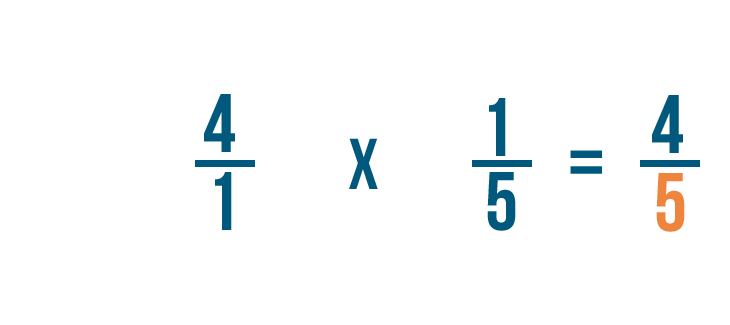
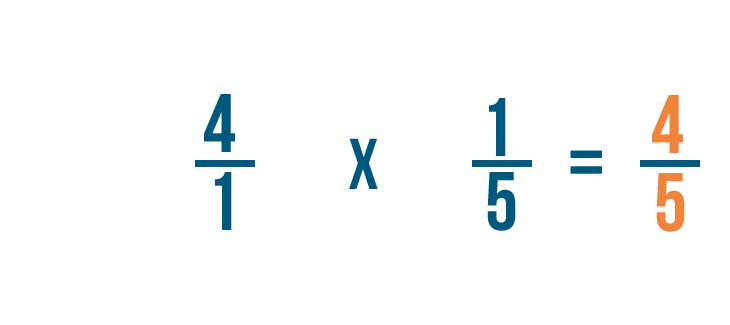
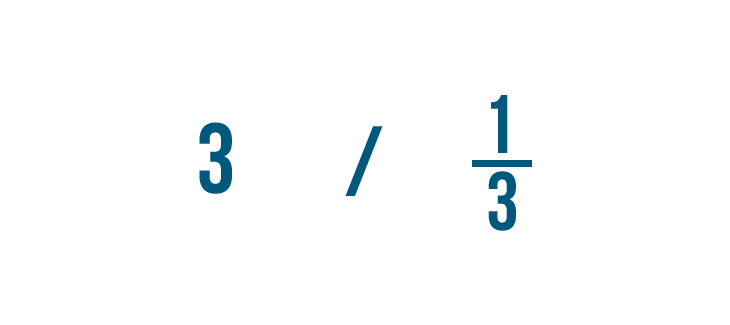
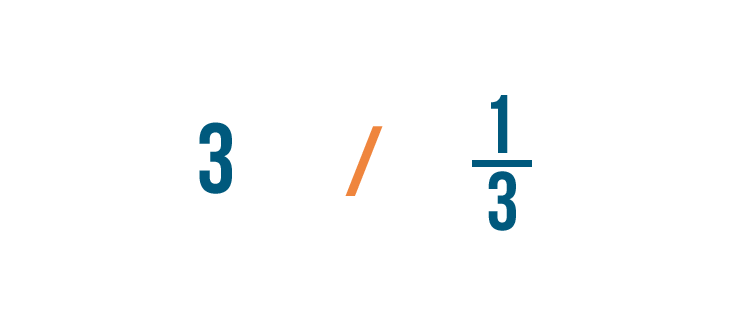
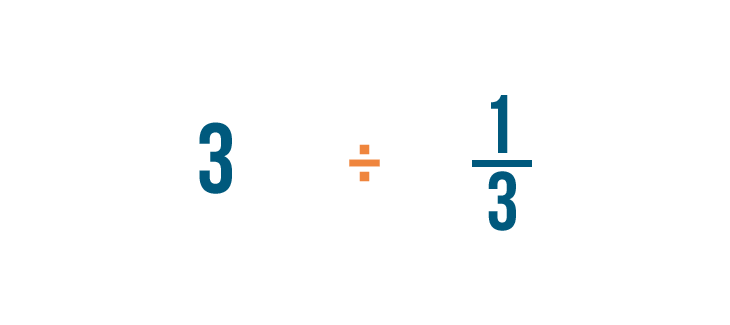
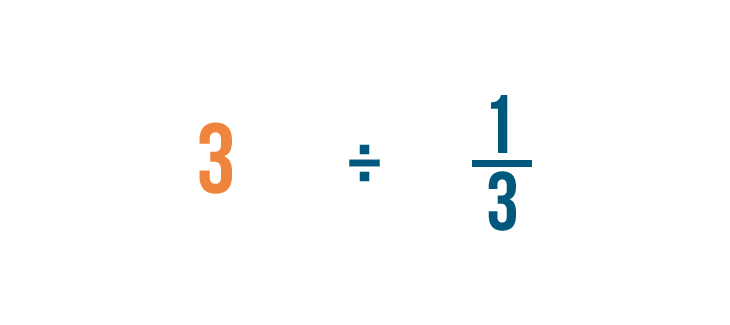
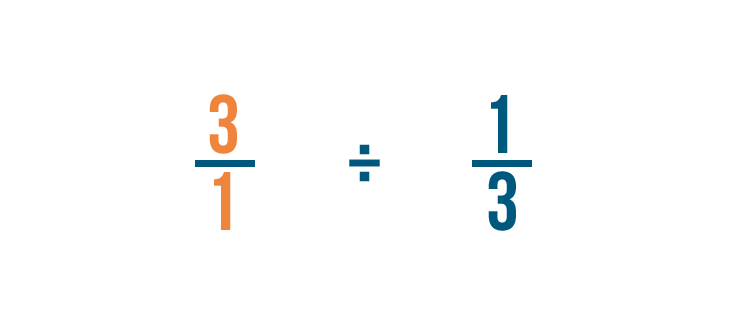
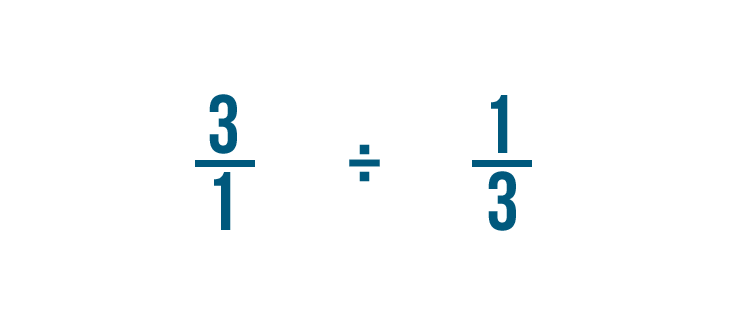



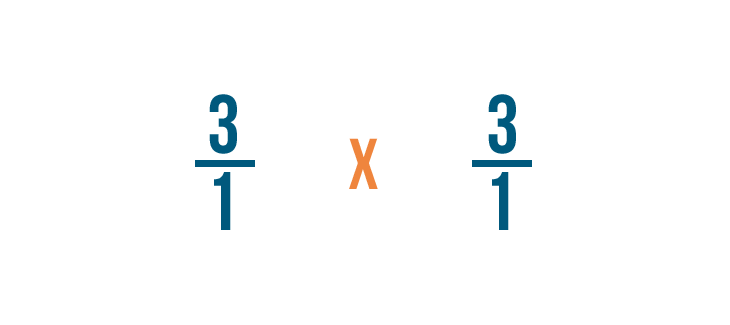
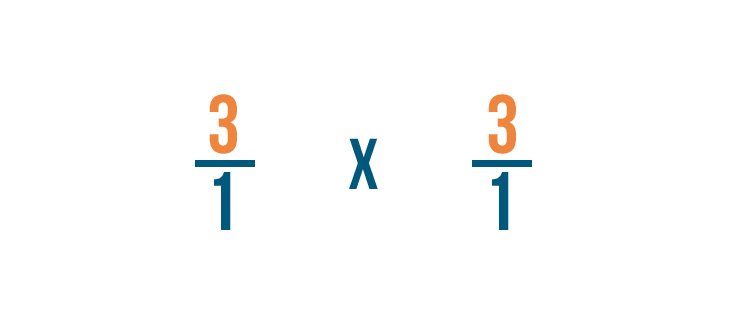
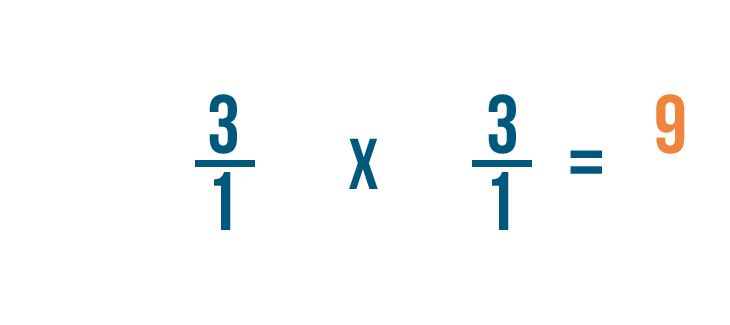
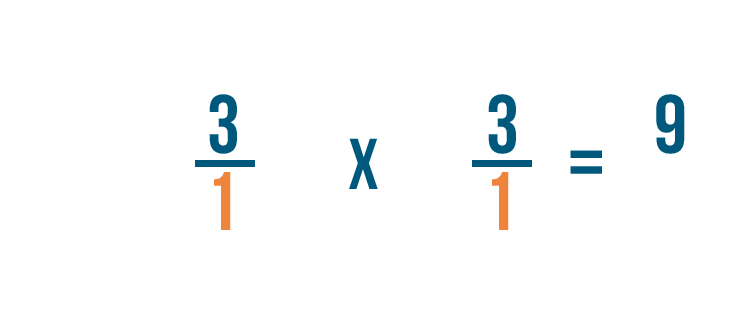
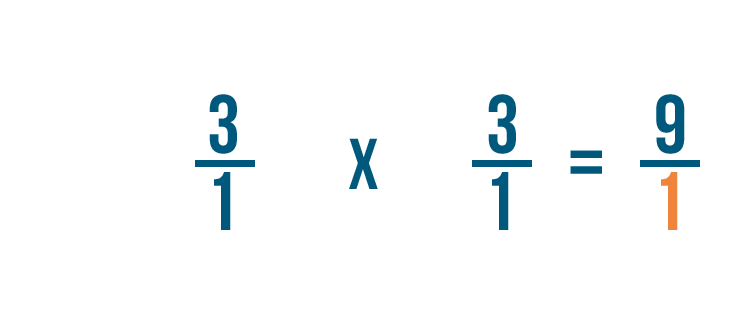
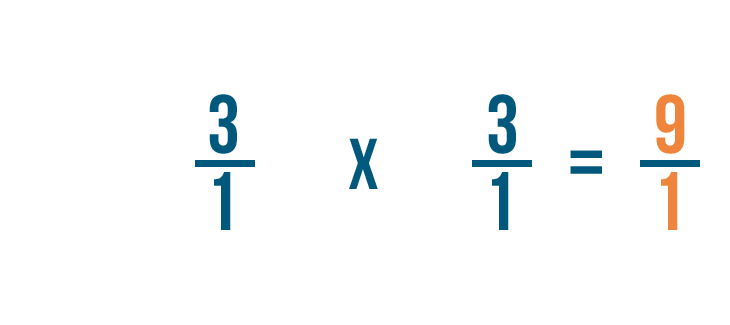
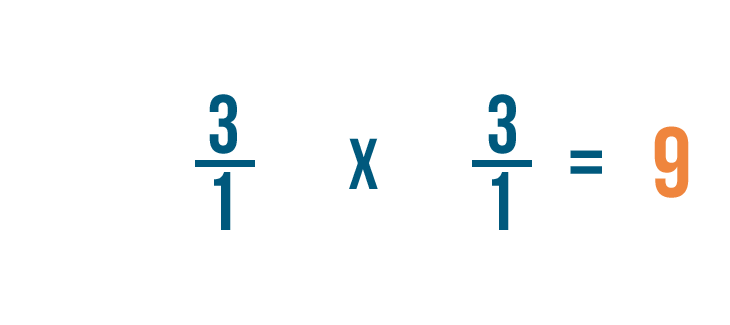
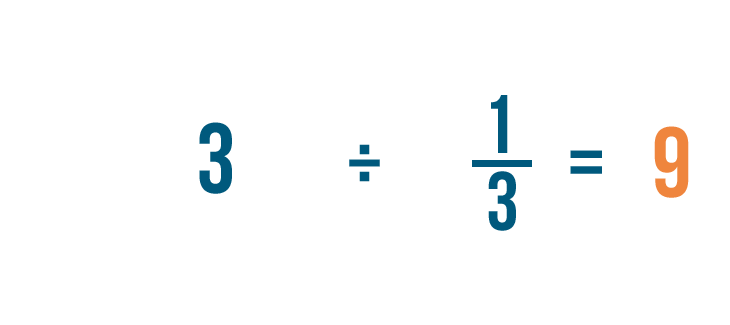
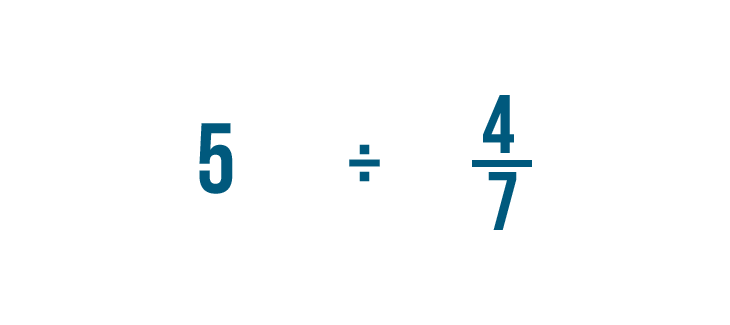
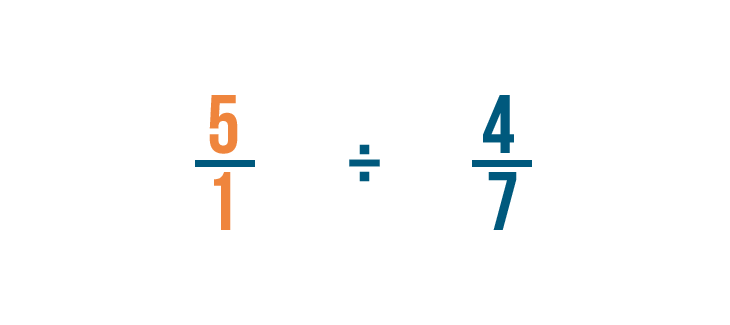


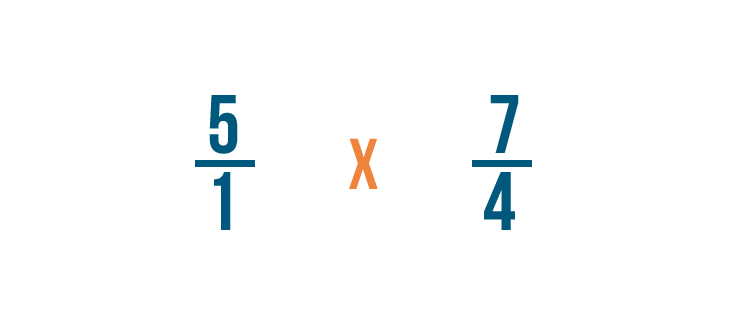
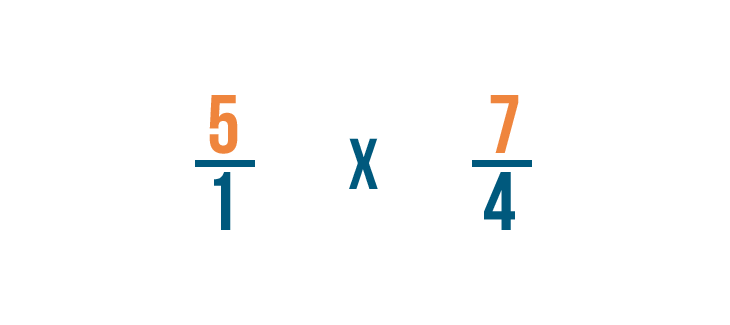
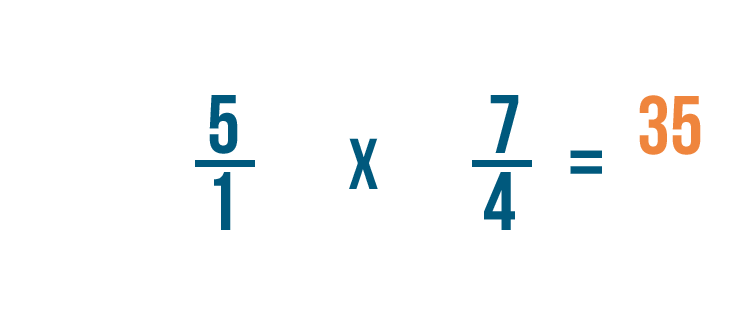
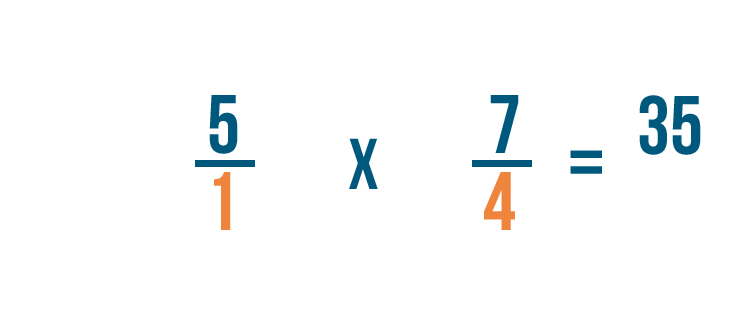
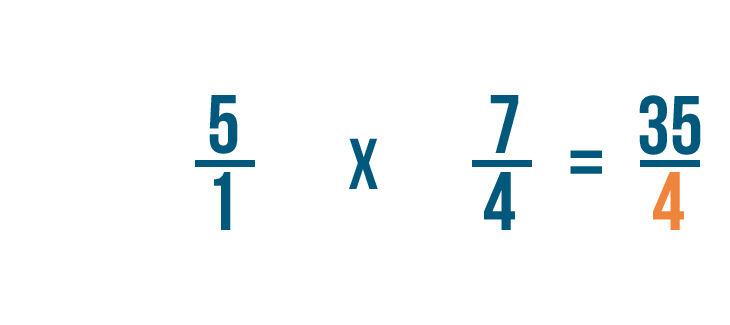
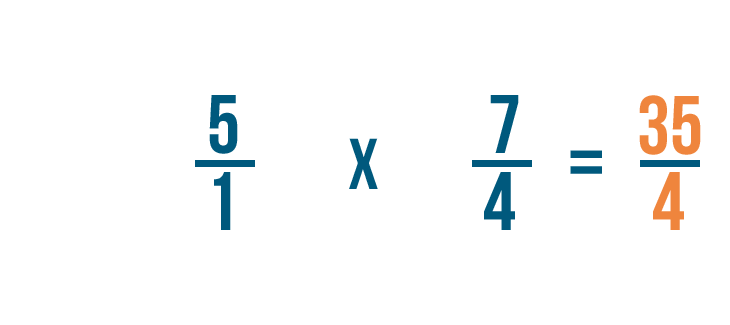
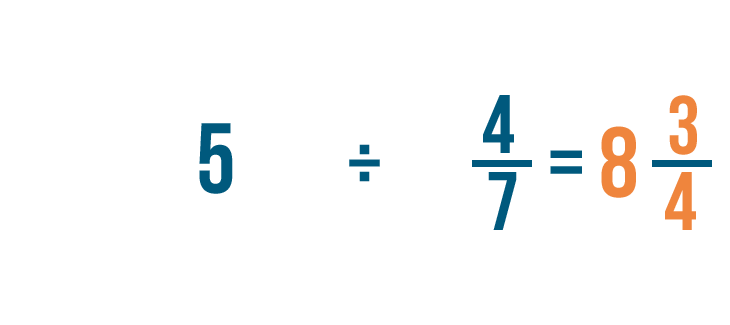
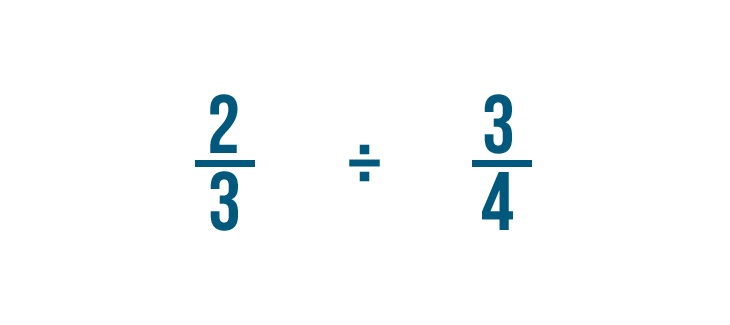


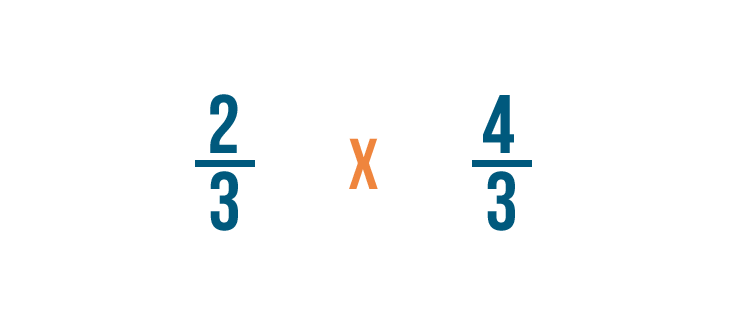
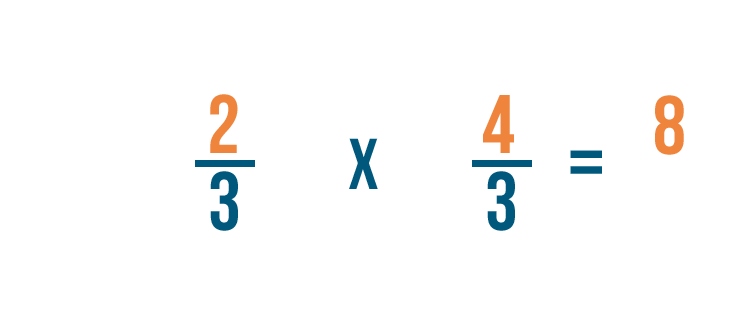
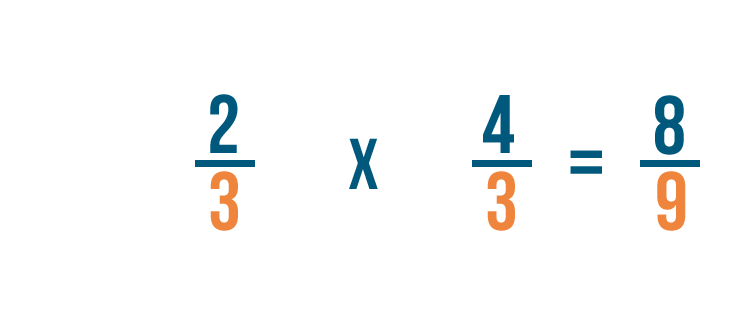

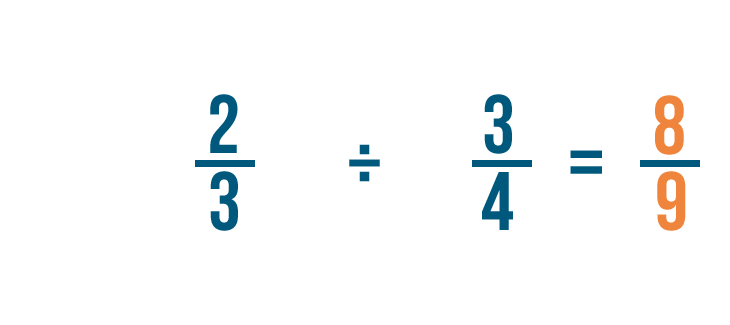
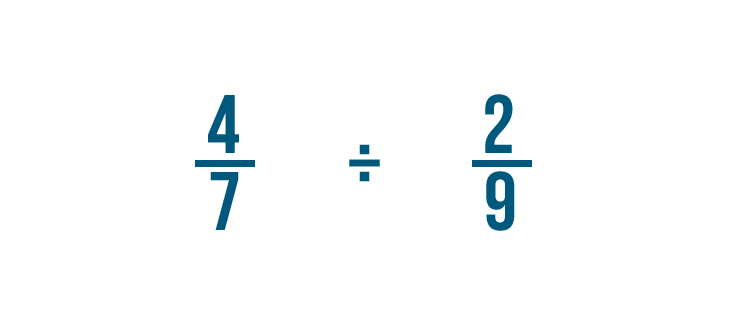

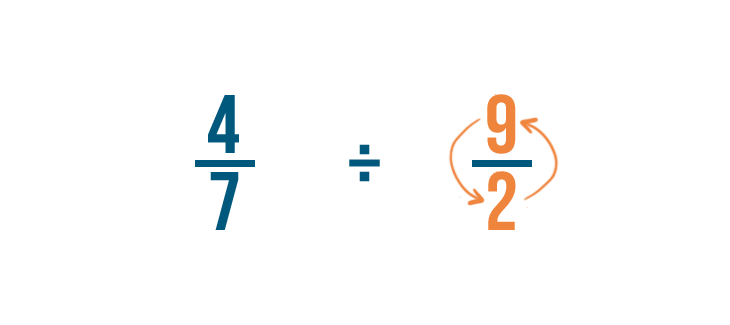
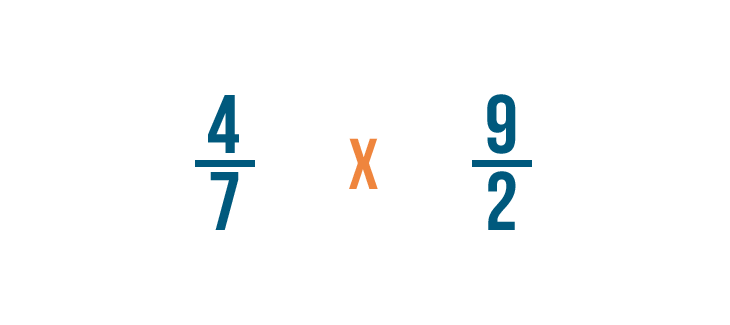
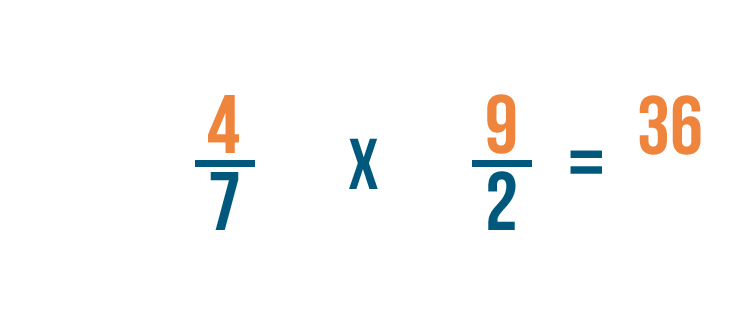
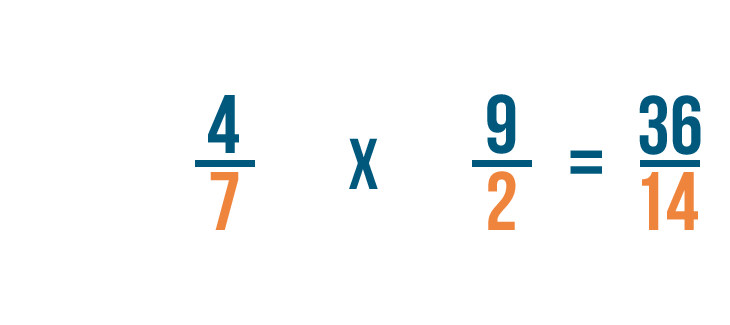
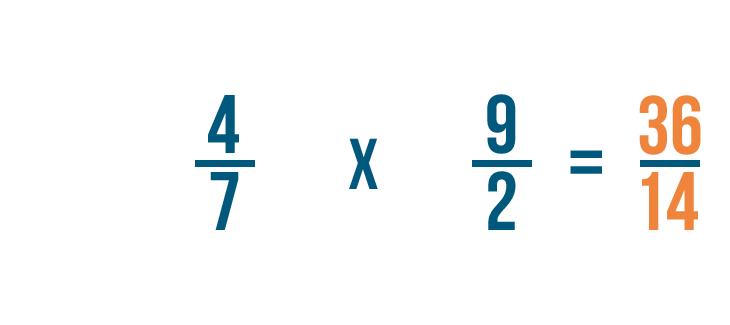
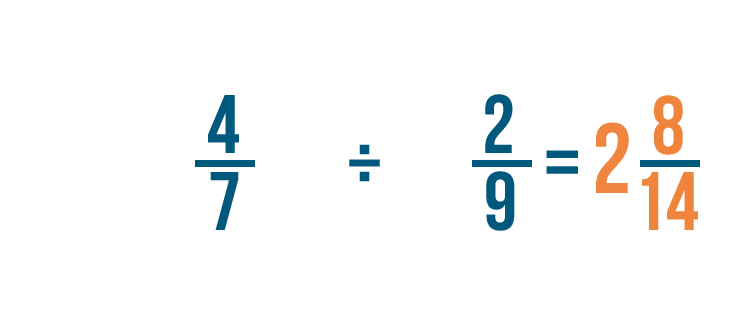

0 Response to "What Times 7 Equals 1"
Post a Comment